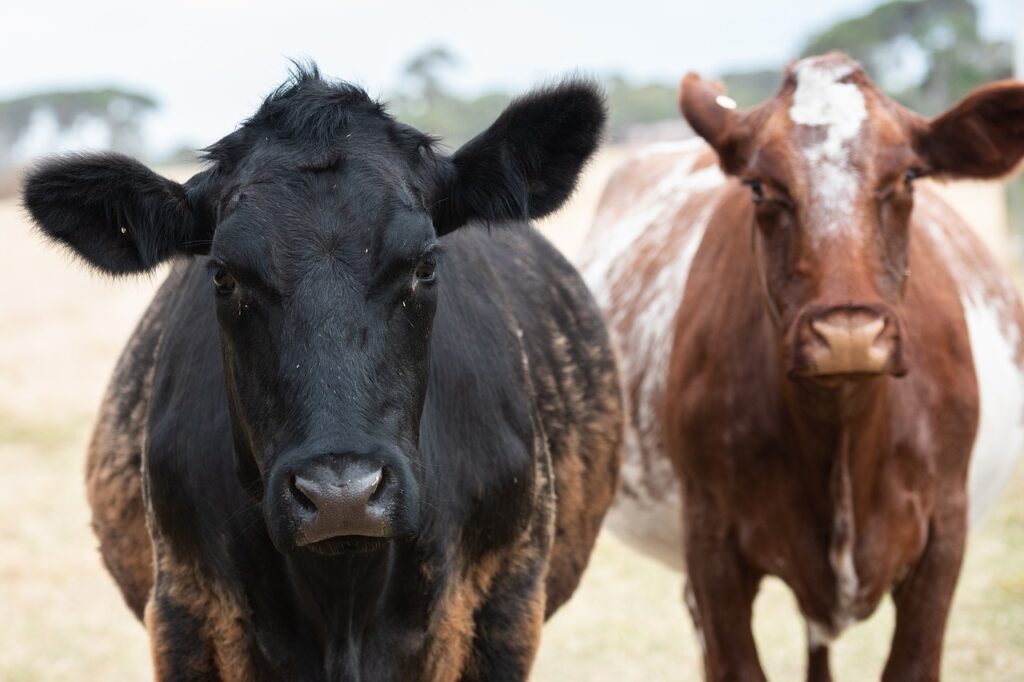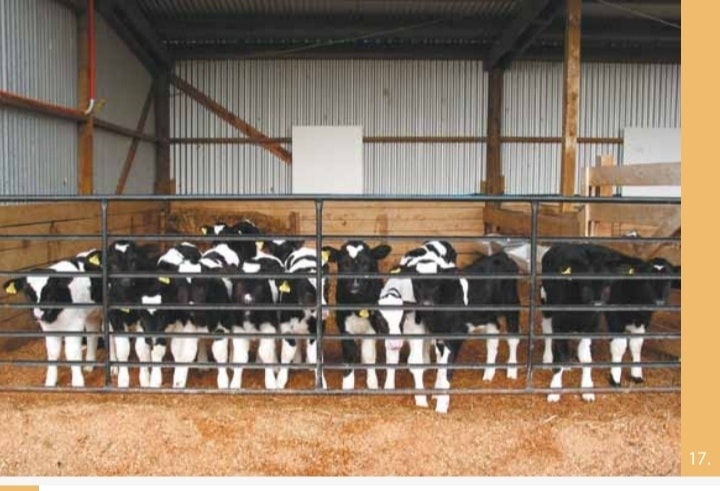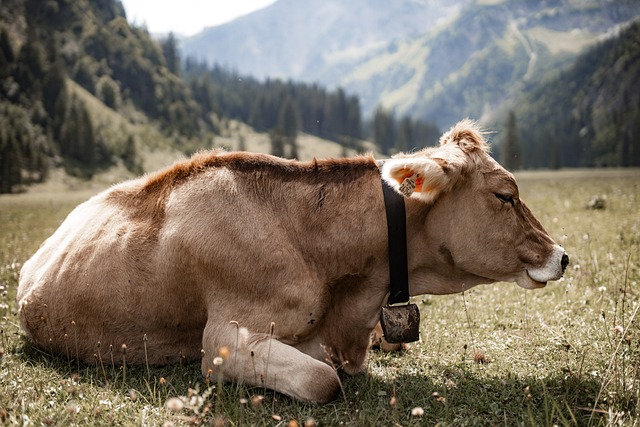Pregnant cow examination is a crucial aspect of effective livestock management, ensuring the well-being of both the animal and its potential offspring. Visual examination is a valuable tool in identifying signs of pregnancy in cows, helping farmers make informed decisions regarding nutrition, health, and overall herd management. In this article, we will delve into the key visual indicators that aid in the external examination of pregnant cows on the farm.
Visual Examination Indicators For A Pregnant Cow:
1. Cessation of the Estrous Cycle:
One of the initial signs of pregnancy is the cessation of the estrous cycle after artificial or natural insemination. Observing changes in the cow’s reproductive behavior is fundamental in confirming successful conception.
2. Sluggish and Docile Behavior:
Pregnant cows often exhibit a more relaxed and docile behavior. This change in temperament can be attributed to hormonal shifts and the physiological adjustments occurring within the cow’s body.
3. Fattening Tendency:
Early pregnancy is marked by a noticeable fattening tendency in cows. This is a result of metabolic changes as the body prepares to support the developing fetus. Farmers should monitor body condition to ensure adequate nutrition during this critical stage.
4. Gradual Drop in Milk Yield:
Approximately five months into gestation, a gradual decrease in milk yield becomes evident. This is indicative of the redirection of the cow’s energy and nutrients towards sustaining the pregnancy, rather than milk production.
5. Gradual Increase in Body Weight:
As pregnancy progresses, there is a steady increase in the body weight of the cow. This weight gain reflects the growth of the fetus and the development of the maternal tissues required to support a healthy pregnancy.
6. Gradual Increase in Abdominal Size:
An observable change in the size of the abdomen is a reliable external indicator of pregnancy. This visual cue is particularly noticeable as the fetus grows, causing the abdomen to expand.
7. Hollow Flanks and Prominent Spine:
The flanks of a pregnant cow may become hollow, and the spine appears more prominent due to the redistribution of body fat and the increasing size of the uterus. These changes are visible signs of advancing pregnancy.
8. Mammary Gland and Udder Changes:
In heifers, the size of mammary glands and udder begins to increase around the fifth month of gestation. In older cows, this change is typically observed just 2-3 weeks before parturition. Farmers should be attentive to these developments for proper management of prepartum and postpartum care.
9. Edema in Udder and Umbilical Area:
In some cases, prepartum udder edema and umbilical edema may be noticed. These localized swellings can be indicative of the impending parturition and should be monitored closely.
Conclusion:
Conducting a thorough visual examination of pregnant cows is an essential practice for successful herd management. Farmers can use these external indicators to assess the reproductive health of their cows, enabling them to make informed decisions regarding nutrition, healthcare, and overall well-being. By understanding and interpreting these visual cues, farmers can ensure the optimal care and support for pregnant cows, contributing to the overall success and sustainability of their livestock operations.





